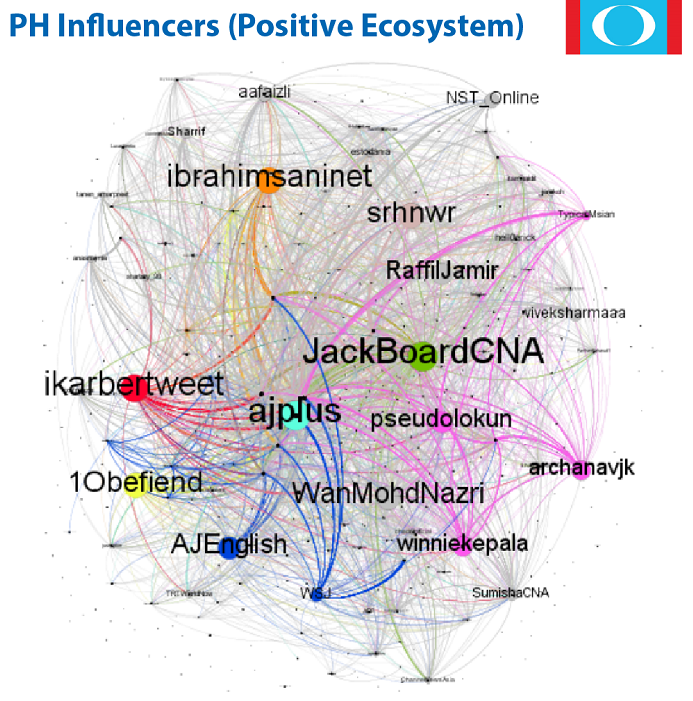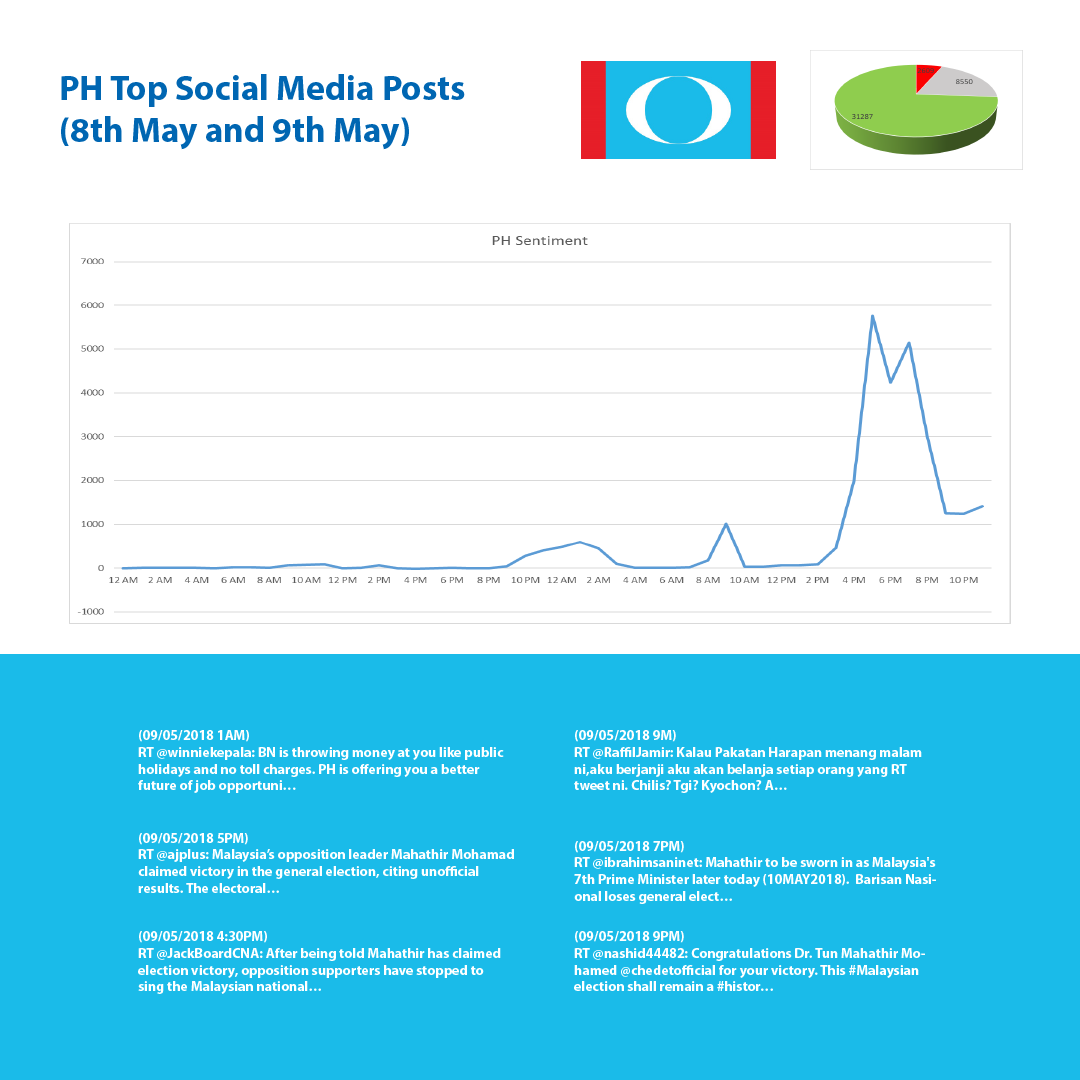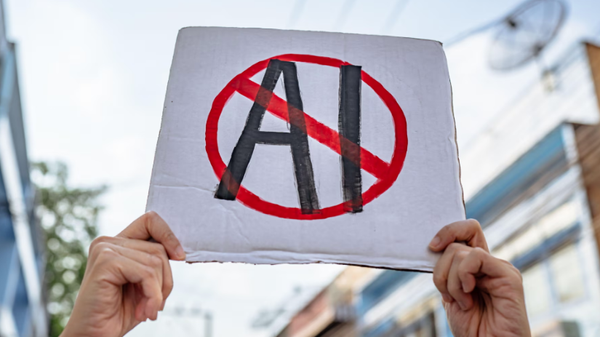GE14: Sheer Lucky Coincidences Of Brilliant Yet Subtle Social Media Strategising By PH?
How does social media play a role in the past GE14 election? Check out the sentiment analysis of GE14 and how it correlates to the election results.
WITH Malaysia’s 14th General Election done and dusted, the nation now stands proud after hitting several major milestones simply by expressing our democratic rights.
We now have the world’s oldest elected government official as our Prime Minister, the first female Deputy Prime Minister in Malaysia’s history, the first time an opposition coalition has wrested control of the Federal Government from the ruling Barisan Nasional coalition that has been in power for the past 60 years, the youngest Member of Parliament voted in at the age of 22 and even the emergence of the first-ever supermajority victories in Malaysian democratic history.

In The Center of Applied Data Science’s (CADS) last article in Digital News Asia, we revealed interesting election-steering theories in the week leading up to polling day. We parted with the crucial insight that “the election engine will need to play a highly-tense & calculated game of anticipation to see who can pull of the right content and impact that will follow voters into polling booths on the 9th of May 2018.”
In this edition, we will share how the last few moments of any election campaign can ultimately make or break the efforts of weeks and even months’ worth of election campaigning and lobbying. How does this impact the past GE14 election in Malaysia?
Focusing once again on Twitter data (refer to the last article for the rationale), we studied Tweets collected on the 8th and 9th of May 2018, which were the last campaign day allowed and election day itself. Our focus in this rendition of the study was to see if there were any sentiment altering events that could happen within this timeframe, and how vastly it could alter the sentiment being built upon by respective coalition parties over the election period.
We collected 155,615 tweets from 1st March to 5th May related to the GE14 that provided a collection of interesting insights and patterns. These in turn contributed to validating our initial insights and ultimately led way to the results that GE14 uncovered for Malaysia.

To Social Media or Not To Social Media
The biggest gap that we picked up from our initial report was the social media maturity that the three competing coalitions had going into GE14.
Let’s look first at the Gagasan Sejahtera (GS), an informal coalition between Parti Islam Se-Malaysian (PAS) and Parti Ikatan Bangsa Malaysia (IKATAN). GS chose to employ a more grassroot driven engagement that translates well for their personal touch-driven feel consistently driven from the inception of the party. This left GS going into the election with an almost bare-minimum social media presence where most of the content in the Twitter-space were general mentions rather than deliberate content development by the coalition.
However, GS walked into GE14 on a more neutral sentiment compared to the Barisan Nasional (BN), which was saddled with a heavy baggage of negative sentiments attributed to several legacy factors. While a lot of the chatter and content surrounding BN may be contrived as “gossip” or “petty personal attacks”, this is a typical sentiment position that most long-term ruling parties heading into a general election would find themselves in.
The whole premise of the study is a “Sentiment Analysis” of the public, which by definition is heavily associated with the personal emotions of the people as well as active brand and stakeholder management by BN. Burdened even further with perceptions of a power stronghold as well as numerous scandals and negative sentiments carried over from peculiar incidences in GE12 and GE13, BN began GE14 with a massive hurdle built up on the people’s dissatisfaction over the general state of the country.
The Pakatan Harapan (PH) coalition was the clear champion in terms of social media maturity walking into the GE14. Faced with the growing perception (and numerous instances where perceptions were proven reality) that the Malaysian mainstream media is heavily controlled by the BN, PH turned to its active, mature and highly connected network of social media interfaces going into GE14.
They have depended on this social media presence not just as an election engine, but their way to get their message out to the people and actively correcting any misrepresented content being delivered by the mainstream Malaysian media. Knowingly or unknowingly, by actively leveraging the social media of each component party in the PH coalition, they built up a message of Hope, Unity, and Nationhood that then became the overtone of the entire PH coalition.
This commanding presence easily consumed BN, which consisted of several long-standing component parties (ie UMNO, MCA, MIC, Gerakan, etc) but only adopted a social media presence built around the chairman of the BN. This pattern of insights consistently appeared on party-specific Influencer Galaxies that were created in all three renditions of our study.
Alongside the BREXIT Movement in the UK and the Cambridge Analytica scandal in the 2017 American Presidential Elections, Malaysia’s GE14 is just another clear example where social media presence can literally make or reshape the face of a nation, leaving us with not a question of “To Do or Not To Do Social Media”, but instead, of how to start building the right social media brand and profile for your organization, party or even country!
*This article was first published on Digital News Asia.





